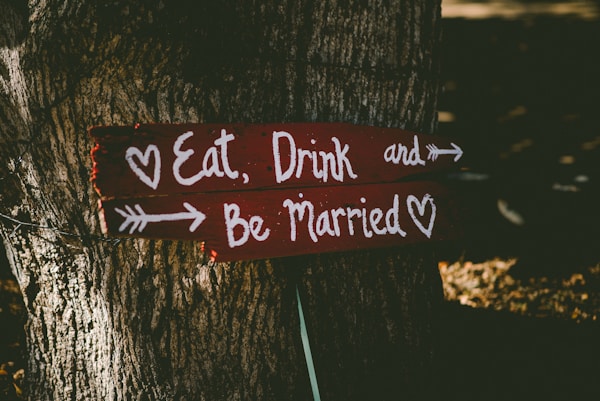Mastering Wedding Dress Alterations: A Guide to Hand-Stitched Details
How Do You Handle Alterations for a Wedding Dress with Hand-Stitched Details?
For many brides, wedding dress alterations can be as crucial as selecting the perfect gown. When it comes to dresses with intricate hand-stitched details, however, the process can become a bit more complex. In this guide, we will explore how to handle alterations for these delicate pieces, ensuring your dream dress fits flawlessly on your special day.
The Importance of Professional Alterations
When altering a wedding dress, especially one adorned with hand-stitched embellishments, it is essential to seek the assistance of a professional seamstress or a specialist experienced in wedding attire. Unlike ordinary clothing, Wedding dresses often require a more refined approach to preserve their intricate detailing.
Finding the Right Seamstress
Start by searching for a seamstress who specializes in bridal wear. Look for reviews online, ask for recommendations from friends or family, and check out local bridal shops for suggestions. A skilled seamstress will not only understand the nuances of working with delicate fabrics but also appreciate the beauty of handcrafted details.
What to Expect During the Alteration Process
The alteration process involves multiple fittings and should start at least 2-3 months before your wedding day. Here’s a breakdown of what you can expect:
| Step | Description |
| Initial Consultation | Your first meeting to discuss the dress and the changes needed. |
| First Fitting | The seamstress will pin and mark alterations directly on the dress. |
| Subsequent Fittings | Additional fittings to refine the alterations and ensure optimal fit. |
| Final Touches | Final adjustments to ensure every detail is perfect. |
Handling Hand-Stitched Details
When dealing with hand-stitched details, it’s crucial to approach alterations carefully. Here are some key points to consider:
1. Evaluate the Stitching
Before any alterations begin, carefully assess the hand-stitched details. This includes beading, embroidery, or embellishments. Discuss with your seamstress the best way to handle these elements. In many cases, it may be necessary to remove some stitches temporarily to allow for the alterations without damaging the design.
2. Communicate Clearly
Clear communication with your seamstress is vital. Explain your vision and preferences regarding fit and style. If there are specific areas with hand-stitched details that you feel strongly about preserving, make sure to highlight those during your initial consultation.
3. Choose the Right Techniques
Discuss with your seamstress the specific techniques used for alteration. For garments with hand-stitched details, options may include:
- Letting Out: If the dress is too tight, it can be let out at the seams. This is generally safe if there’s enough fabric.
- Taking In: For dresses that are too large, they can be taken in at the side seams or back, while keeping an eye on the hand-stitched components.
- Hem Adjustments: Adjusting the hem requires special care to maintain the integrity of embellishments. Ensure your seamstress has the right techniques in place.
Common Questions About Wedding Dress Alterations
Here are some common questions brides have regarding alterations, especially for dresses with hand-stitched details:
How much do wedding dress alterations typically cost?
Costs for alterations can vary widely based on location, the complexity of work, and the specific alterations needed. On average, brides can expect to pay between $150 to $600 for full alterations. It’s wise to budget for this expense when planning your wedding.
When should I schedule my alterations?
Book your alterations at least two months before your wedding. This timeline will allow ample time for multiple fittings, minor tweaks, and any unexpected adjustments.
Can I do my own alterations?
While many brides may be tempted to attempt DIY alterations, it’s often best to consult with a professional when dealing with intricate hand-stitching. Poorly executed alterations can ruin the gown's aesthetic and potentially damage its value.
Tips for a Successful Alteration Experience
To ensure a smooth alteration process, consider the following tips:
- Wear Appropriate Undergarments: When attending fitting appointments, wear the type of undergarments you plan to wear on your wedding day.
- Bring Your Wedding Shoes: Footwear can alter the length of your dress, so bring the shoes you plan to wear to ensure the hem is perfect.
- Document Changes: Take notes regarding what alterations are being made, especially on hand-stitched sections, so you can keep track of the garment's integrity.

In Conclusion
Handling alterations for a wedding dress with hand-stitched details requires careful consideration, skilled craftsmanship, and ample time. By finding a reputable seamstress, communicating clearly, and following the tips provided, you can ensure that your wedding dress fits perfectly and retains its delicate details. Remember, your wedding dress is a significant investment, and with the right alterations, you can look stunning as you walk down the aisle.
As you embark on this journey, enjoy the experience! Take moments to savor the beauty of your gown and the personalization of hand-stitched details that truly make it unique.